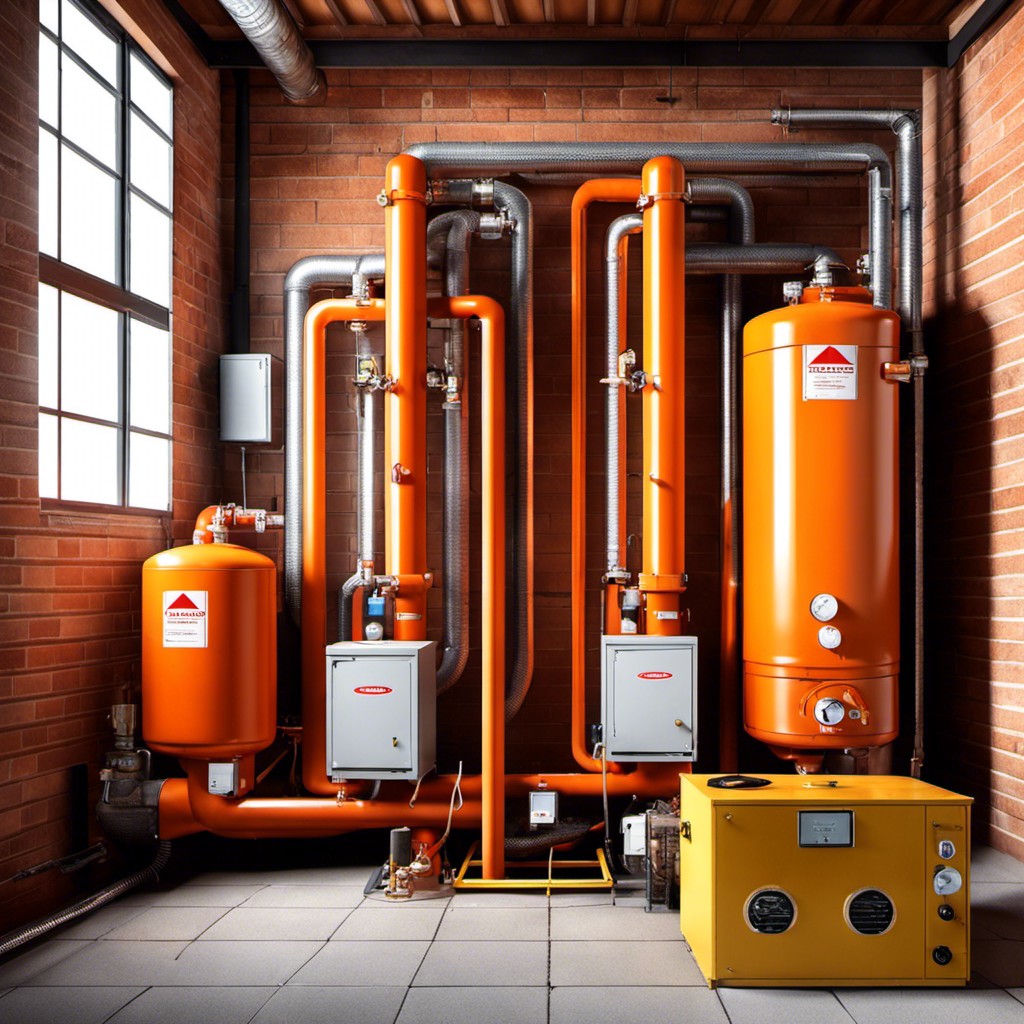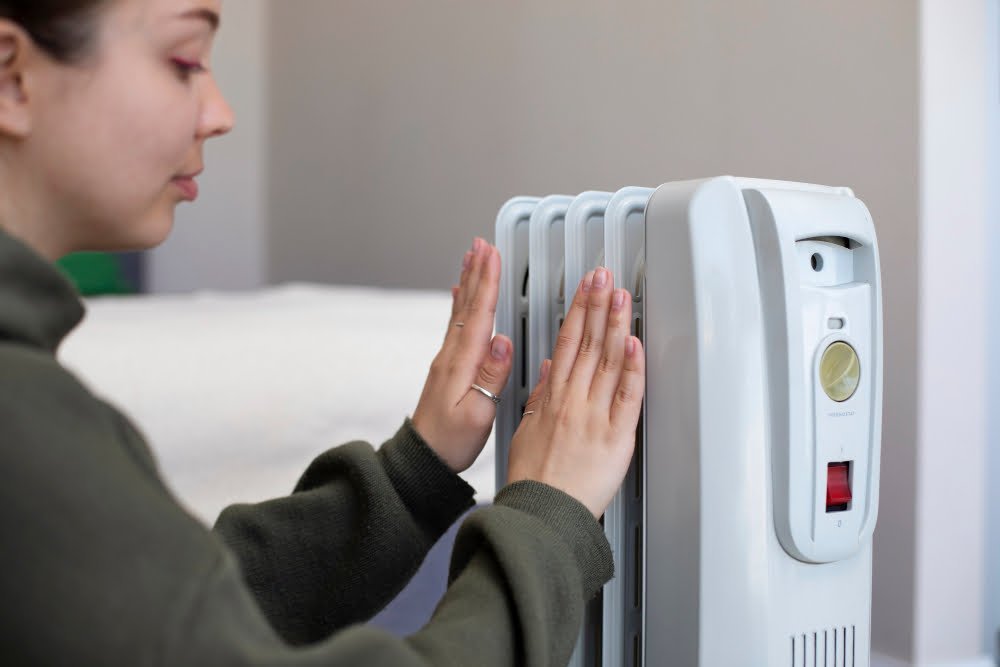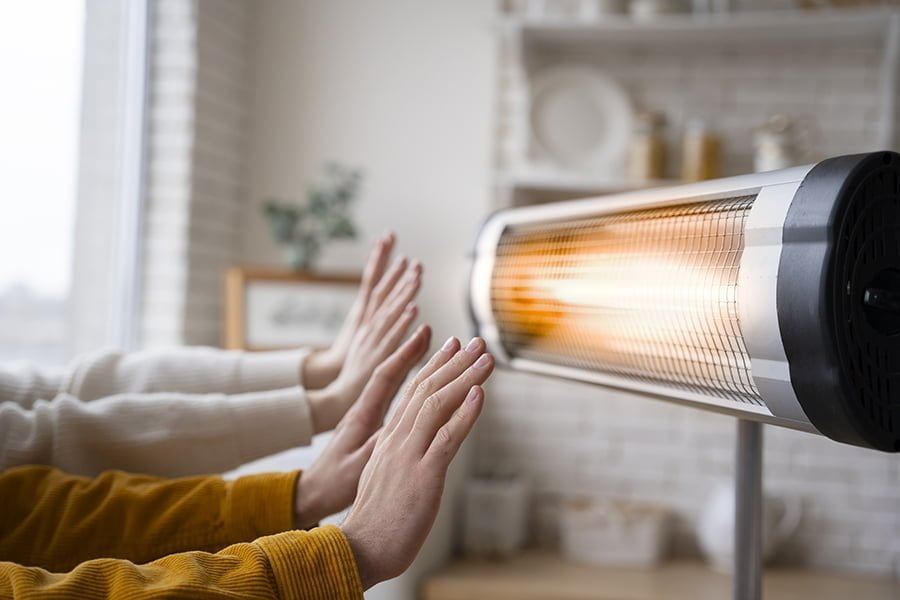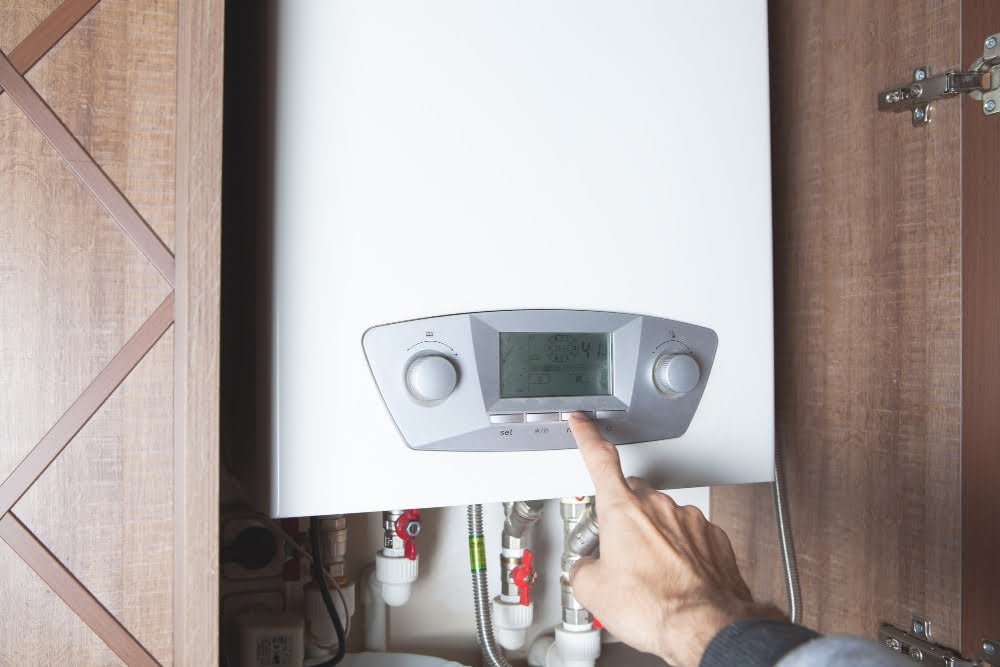Last updated on
Explore the world of gas furnace alternatives as we dive into energy-efficient heating solutions to keep your home cozy and reduce your carbon footprint.
As the temperatures start to drop, many of us turn to our trusty gas furnace to keep our homes warm and cozy. But what if you’re looking for a more eco-friendly or budget-friendly option? Fear not, there are plenty of alternatives out there that can provide just as much warmth and comfort without breaking the bank or harming the environment.
In this article, we’ll explore some of the best gas furnace alternatives that will help you save money on your heating bills while still keeping your home nice and toasty all winter long. So let’s dive in!
Electric Furnaces
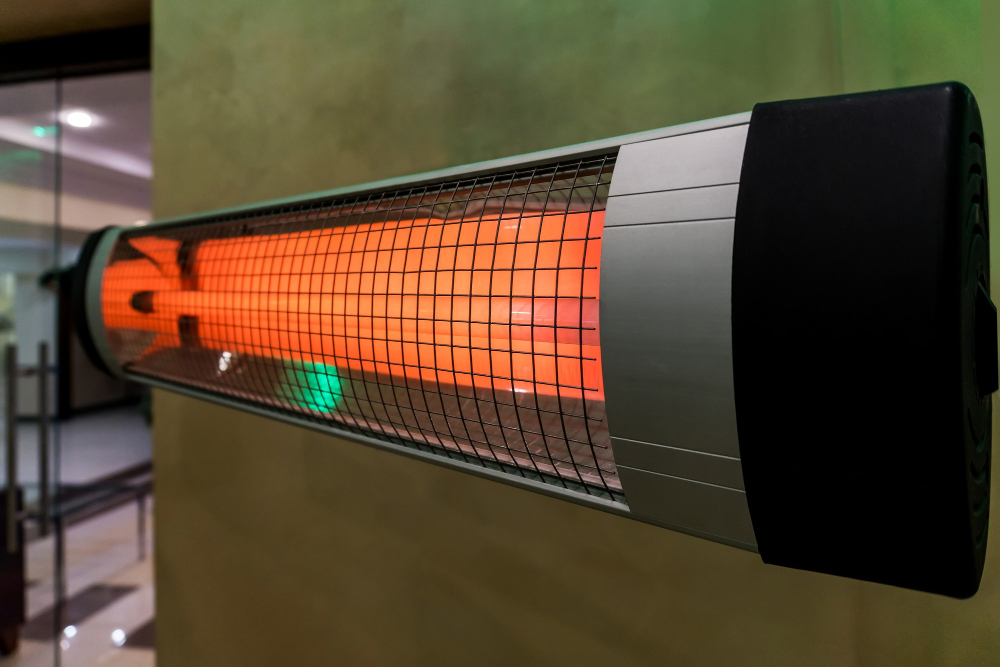
Electric furnaces are a popular alternative to gas furnaces, especially in areas where natural gas is not readily available. They work by using electricity to heat up metal coils, which then transfer the heat into your home’s air through a blower fan.
Electric furnaces are generally less expensive than gas models and require less maintenance since they don’t have any combustion components that need regular cleaning or inspection.
One of the biggest advantages of electric furnaces is their energy efficiency. Unlike traditional heating systems that lose some of their energy through exhaust gases and other forms of waste, electric models convert nearly all the electricity they use into usable heat for your home.
This means you can save money on your monthly utility bills while still enjoying reliable warmth throughout the winter months.
Another benefit of electric furnace systems is their ease-of-use and installation flexibility. Since there’s no need for venting or fuel lines like with gas-powered units, you can install an electric furnace almost anywhere in your home without worrying about complicated ductwork or ventilation requirements.
Heat Pumps
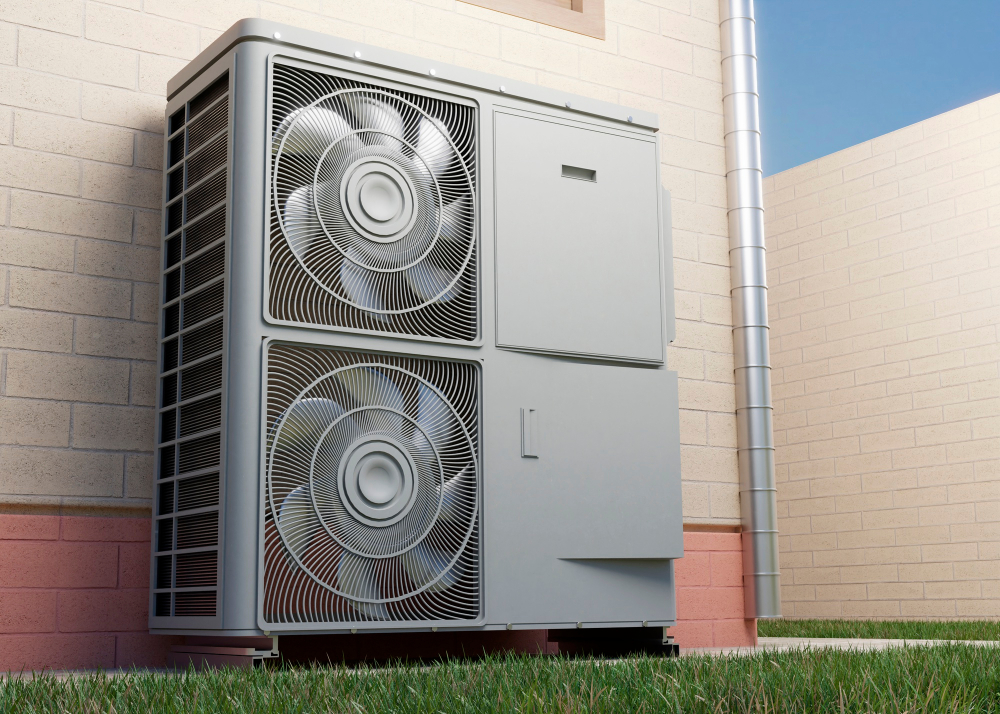
They work by transferring heat from the outside air or ground into your home, providing both heating and cooling capabilities. Heat pumps can be up to three times more efficient than traditional electric heating systems and can save you a significant amount of money on your energy bills.
One of the main benefits of heat pumps is their versatility. They come in different types such as air-source, geothermal (ground-source), and water-source models that allow them to operate efficiently in various environments.
Air source heat pump works best where temperatures don’t drop below freezing while geothermal models are ideal for colder regions with consistent underground temperatures.
Another advantage is that they require less maintenance compared to gas furnaces since they have fewer moving parts prone to wear out over time.
While there may be some upfront costs associated with installing a new system or upgrading an existing one, many homeowners find that the long-term savings outweigh these initial expenses.
Radiant Floor Heating

This type of system works by circulating hot water through pipes installed beneath your flooring, which then radiates heat upwards into the room. Not only is this method of heating incredibly efficient and cost-effective, but it’s also much more comfortable than traditional forced-air systems since it doesn’t create any drafts or cold spots.
One major advantage of radiant floor heating is its ability to work with a variety of different flooring materials such as tile, hardwoods or even carpeting. It can also be used in both new construction and retrofitting existing homes.
While installing radiant floor heating may require some upfront investment costs compared to other options on our list like space heaters or wood stoves; over time you’ll save money on energy bills due to its high efficiency rating.
Wood Stoves
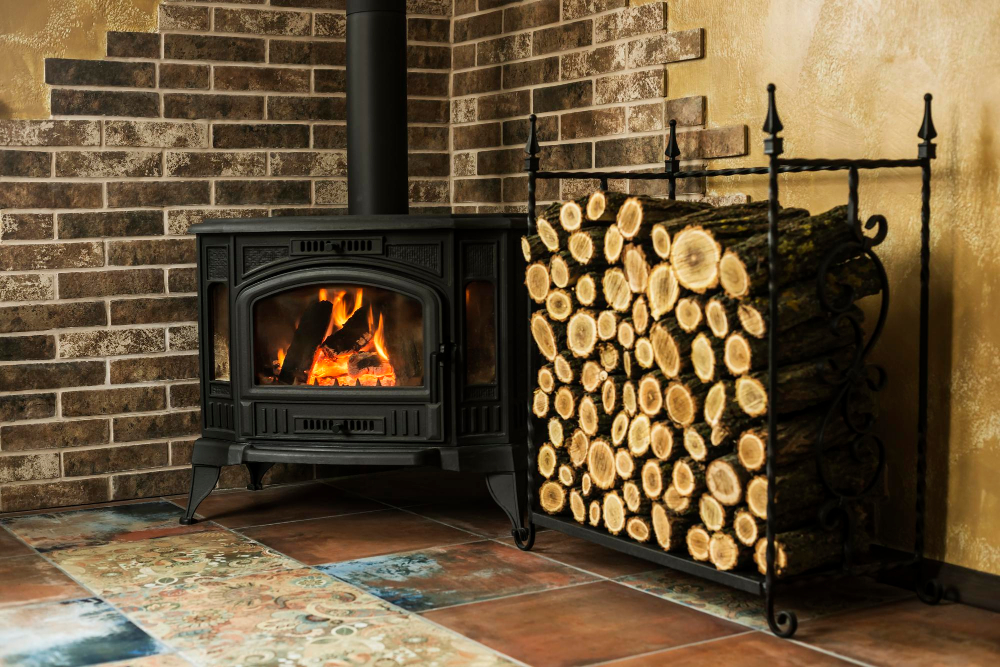
They’re also an excellent option for those who live in rural areas where wood is readily available. Wood stoves come in many different styles, from traditional cast iron models to sleek modern designs that can fit seamlessly into any decor.
One of the biggest advantages of using a wood stove is that it’s entirely self-sufficient. You don’t need electricity or gas lines to operate it, which means you won’t be affected by power outages or price hikes in fuel costs.
However, there are some downsides to consider before investing in a wood stove. First and foremost, they require regular maintenance and cleaning since creosote buildup can cause chimney fires if left unchecked.
You’ll need ample space for storing firewood as well as proper ventilation throughout your home.
Pellet Stoves
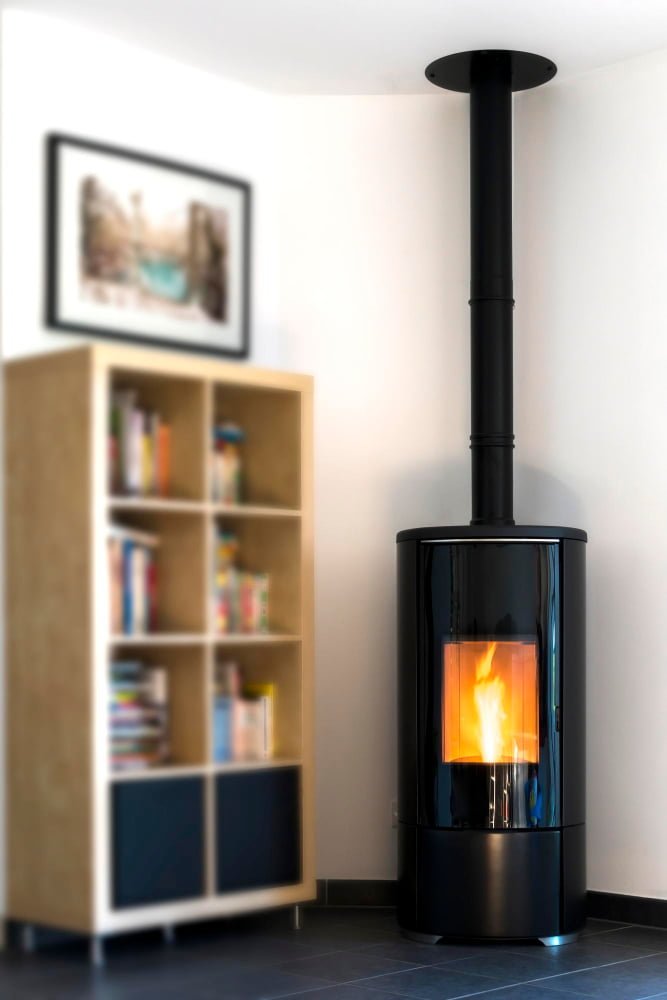
These stoves burn small pellets made from compressed sawdust, wood chips, or other organic materials. They’re easy to use and maintain, with many models featuring automatic ignition and temperature control settings.
One of the biggest advantages of pellet stoves is their efficiency. They produce very little ash or smoke compared to traditional wood-burning stoves, making them a cleaner option for indoor heating.
Plus, they’re highly customizable in terms of design and style – you can choose from a variety of colors and finishes to match your decor.
When it comes to installation costs, pellet stove prices vary depending on the size and features you choose but generally fall within an affordable range compared with other alternatives like geothermal systems or solar panels.
Propane Heaters

Propane is a clean-burning fuel that produces fewer emissions than traditional fossil fuels, making it an eco-friendly option for heating your home.
One of the biggest advantages of propane heaters is their portability. They can be easily moved from room to room or even taken outdoors for camping trips or outdoor gatherings.
This makes them an excellent choice if you only need heat in certain areas of your home and don’t want to waste energy heating unused spaces.
Another benefit of propane heaters is their efficiency. They convert almost all the fuel they burn into heat, which means less wasted energy and lower utility bills compared to electric space heaters.
When choosing a propane heater, there are several options available on the market including freestanding models and wall-mounted units that can be installed directly into existing gas lines in your home. It’s important to choose one with safety features such as automatic shut-off switches if tipped over or low oxygen levels detected within its vicinity.
Solar Heating Systems
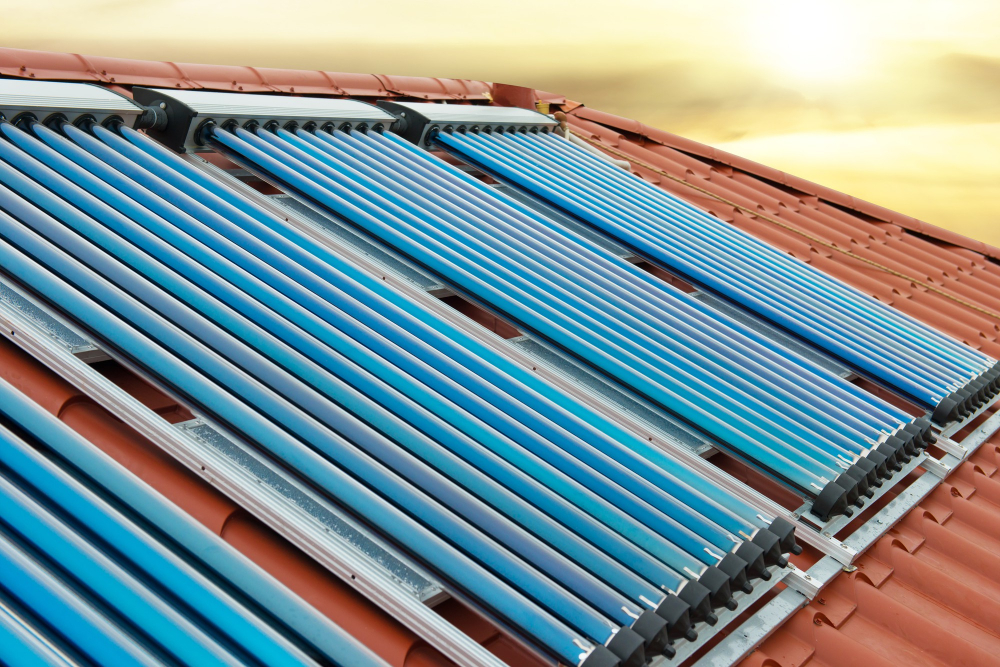
These systems use the power of the sun to heat your home, which means they don’t rely on fossil fuels or electricity from the grid. Solar panels installed on your roof collect energy from sunlight and convert it into heat that can be used to warm up your home through radiant floor heating or forced air systems.
While solar heating systems require an initial investment in equipment and installation costs, they can save you money in the long run by reducing your reliance on traditional energy sources. Plus, many states offer tax credits and incentives for homeowners who install solar panels.
One thing to keep in mind is that while solar panels work well during sunny days, they may not provide enough heat during cloudy weather or at night when there’s no sunlight available. However, most modern solar heaters come with backup electric elements or gas burners as a supplement source of warmth when needed.
Geothermal Systems

These systems work by harnessing the natural heat from the earth and using it to warm your home. Geothermal heating is incredibly efficient, as it doesn’t rely on burning fossil fuels or electricity to generate heat.
The way geothermal systems work is by circulating water through pipes buried deep in the ground where temperatures remain constant throughout the year. The water absorbs heat from underground and carries it back up into your home where a compressor unit extracts that warmth and distributes it throughout your house via ductwork.
While geothermal system installation can be costly upfront, they have lower operating costs than traditional HVAC units over time due to their high efficiency levels. These types of heating solutions require little maintenance once installed properly.
Ductless Mini-Splits
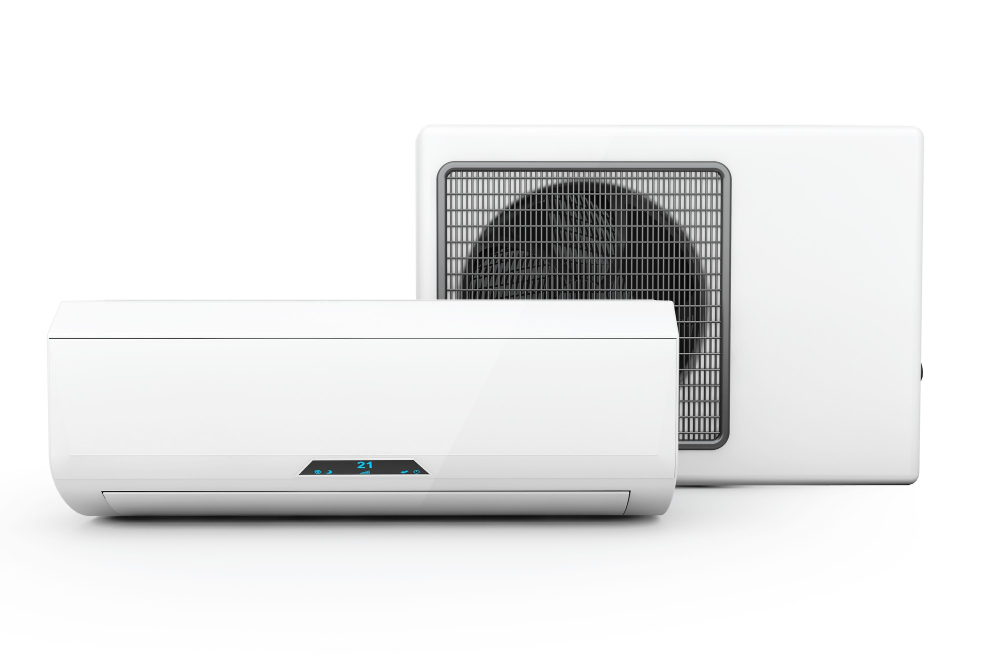
These systems consist of an outdoor unit and one or more indoor units that can be mounted on walls or ceilings. They work by drawing in air from outside, heating it up, and then distributing it throughout your home via the indoor units.
One of the biggest advantages of ductless mini-splits is their energy efficiency. Because they don’t rely on ductwork to distribute hot air, there’s less chance for heat loss along the way.
This means you’ll save money on your heating bills while also reducing your carbon footprint.
Another benefit is that each indoor unit can be controlled independently with its own thermostat, allowing you to customize temperatures in different areas of your home according to individual preferences.
Installation costs vary depending on factors such as how many indoor units are needed and where they will be placed within your home. However, because these systems require no ductwork installation costs tend to be lower than traditional central heating options.
Boiler Systems
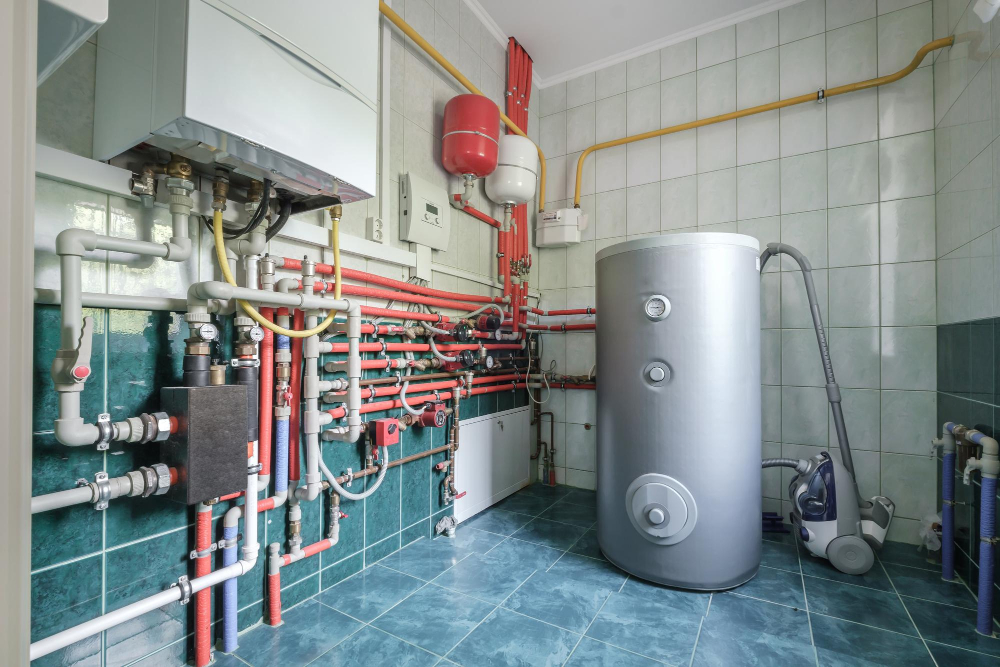
These heating systems work by heating water and distributing it throughout your home via radiators or baseboard heaters. Boiler systems can be powered by a variety of fuels, including natural gas, propane, oil, and even electricity.
One of the main benefits of boiler systems is their efficiency. Because they heat water instead of air, they can provide more consistent warmth throughout your home without the hot and cold spots that are common with forced-air heating systems.
Another advantage is their longevity; boilers tend to last longer than other types of heating equipment because they have fewer moving parts that require maintenance or replacement over time.
However, boiler installation costs can be higher than some other alternatives due to the complexity involved in installing a system that requires piping throughout your home. Regular maintenance is necessary for optimal performance and safety reasons.
Biofuel Heaters
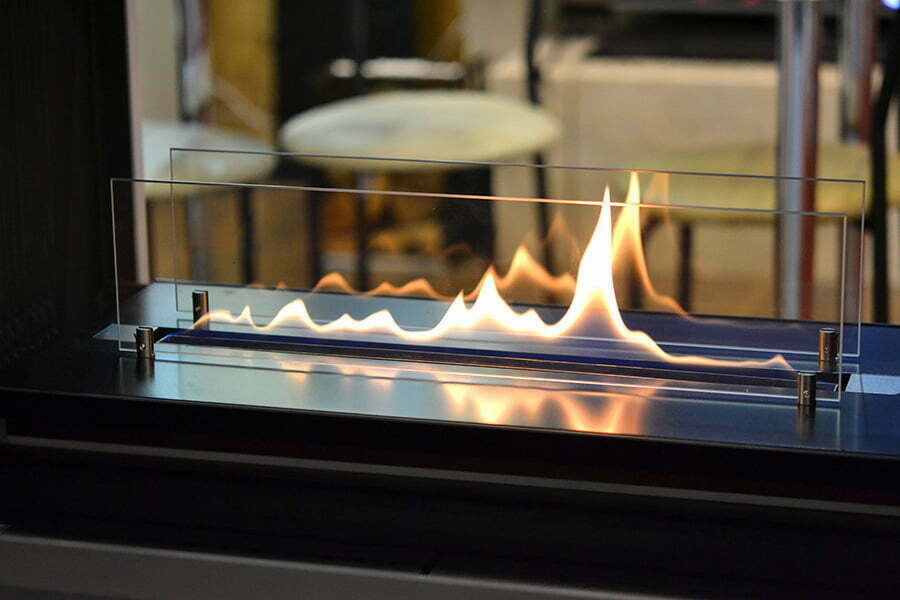
These heaters use renewable fuels such as biodiesel, ethanol, or vegetable oil to generate heat. Biofuels are a cleaner-burning fuel source than traditional fossil fuels like natural gas or propane, making them an eco-friendly option for those looking to reduce their environmental impact.
One of the biggest advantages of biofuel heaters is that they can be used in existing heating systems with minimal modifications. They also tend to have lower emissions than other types of heating systems and require less maintenance overall.
However, it’s important to note that not all biofuels are created equal when it comes to efficiency and sustainability. It’s essential always do your research before investing in a particular type of biofuel heater system.
Hybrid Heating Options
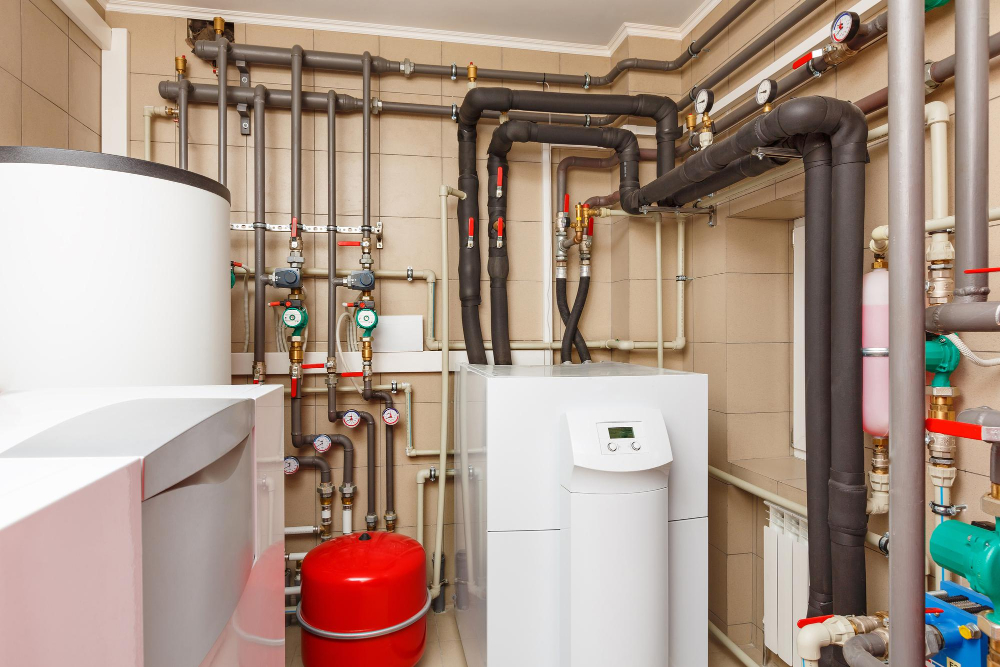
These systems typically use a combination of two or more types of energy sources, such as electricity and propane, to provide efficient and cost-effective heat. One popular example is a hybrid heat pump system that uses an electric air-source heat pump in conjunction with a gas furnace for backup heating during extremely cold weather.
By using multiple energy sources, hybrid systems can help reduce your reliance on any one type while still providing reliable warmth throughout the winter months. They also offer greater flexibility in terms of fuel availability and pricing fluctuations.
However, it’s important to note that hybrid systems can be more complex than traditional single-source heaters and may require professional installation or maintenance. It’s also crucial to choose the right combination based on your specific needs and climate conditions.
Infrared Heaters
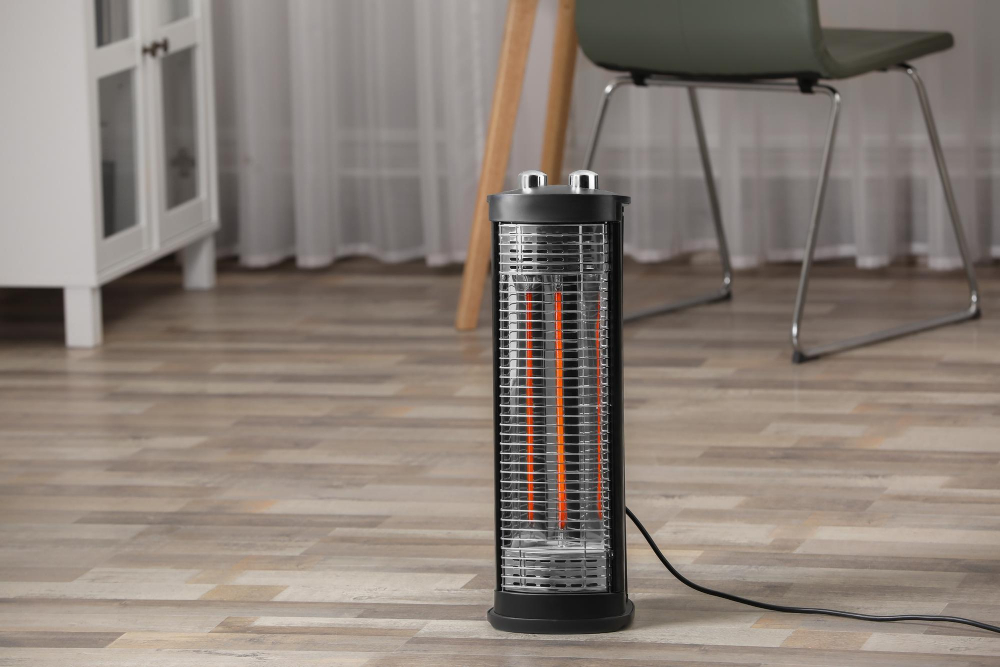
These heaters work by emitting infrared radiation that heats up objects and people in the room, rather than just heating the air like traditional heating systems. This means that they can provide more targeted and efficient heat, while also reducing energy waste.
One of the biggest advantages of infrared heaters is their portability. They come in a variety of sizes and styles, from small tabletop models to larger floor-standing units, making them easy to move around your home as needed.
Another benefit is their low maintenance requirements. Infrared heaters don’t have any moving parts or filters that need regular cleaning or replacement like other types of heating systems do.
However, it’s important to note that not all infrared heaters are created equal when it comes to safety and efficiency. Look for models with built-in safety features such as tip-over protection and overheat shut-off switches.
Energy Efficient Fireplaces

Traditional wood-burning fireplaces can be incredibly inefficient when it comes to heating your home. Fortunately, there are energy-efficient fireplace options available that can help you save money on your heating bills while still enjoying the cozy glow of a fire.
One option is an electric fireplace which uses LED lights to create realistic flames without producing any heat loss or emissions. Another option is gas fireplaces which use natural gas or propane as fuel and have high-efficiency ratings compared to traditional wood-burning models.
If you prefer the look and feel of a real flame but want something more efficient than a traditional fireplace, consider installing an EPA-certified wood stove or pellet stove instead. These stoves burn much cleaner than older models and produce less smoke while also being highly efficient at converting fuel into heat for your home.
Passive Solar Design
This method involves designing and orienting your home in such a way that it maximizes natural sunlight during the winter months, while minimizing direct sunlight during summer months. Passive solar design can be achieved through various techniques such as installing large south-facing windows, using thermal mass materials like concrete or brick to absorb heat from the sun, and incorporating shading devices like overhangs or awnings.
One of the biggest advantages of passive solar design is its cost-effectiveness – once installed, there are no ongoing costs associated with this type of heating system. Passive solar homes tend to have better indoor air quality due to increased ventilation and reduced reliance on artificial heating sources.
However, it’s important to note that not all homes are suitable for passive solar design – factors such as location (latitude), climate zone and surrounding landscape must be taken into consideration before implementing this type of system. Consulting with an experienced architect or engineer who specializes in sustainable building practices can help you determine if passive solar is right for your home.
Hydronic Heating
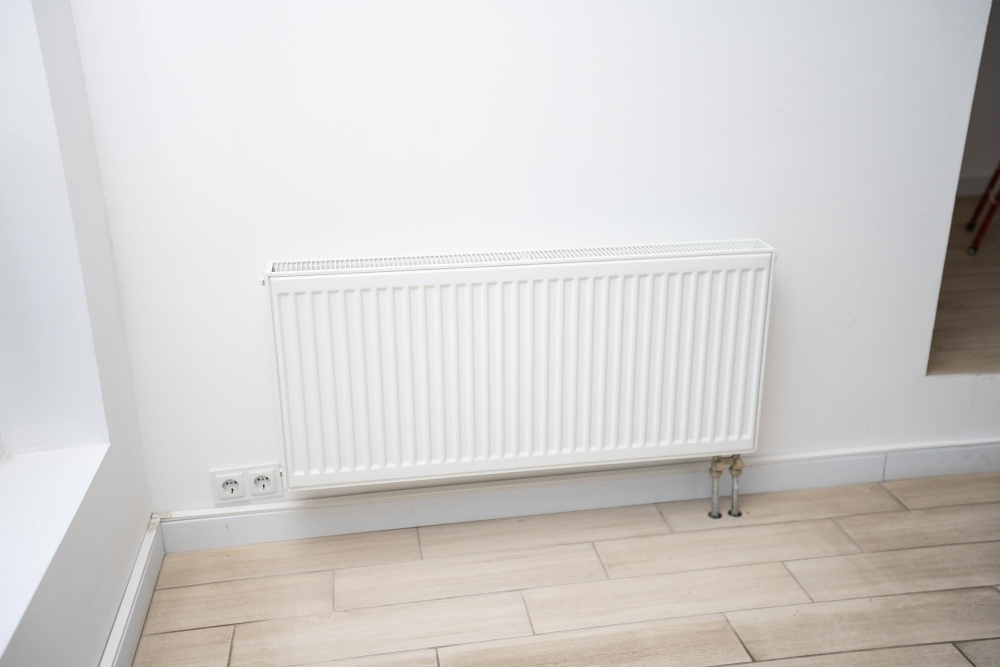
This type of system can be installed in new construction or retrofitted into existing homes, making it a versatile option for homeowners looking to upgrade their heating systems.
One of the benefits of hydronic heating is its energy efficiency. Because the system heats water instead of air, it can operate at lower temperatures and still provide ample warmth throughout your home.
Because there are no ducts involved in this type of system, you won’t experience any heat loss through leaks or gaps in your ductwork.
Another advantage is that hydronic systems offer zoned heating capabilities which allow you to control the temperature independently for each room or area within your house. This means you can save money by only using energy where and when needed.
While installation costs may be higher than some other alternatives on our list due to piping requirements and boiler installation expenses; however, over time these costs will pay off with reduced monthly bills as well as increased property value if done correctly.
Costs and Installation Considerations

While some options may be more affordable upfront, others may require a larger investment but offer long-term savings on energy bills.
For example, electric furnaces are relatively inexpensive to install but can be costly to operate in areas with high electricity rates. On the other hand, geothermal systems have higher upfront costs but can provide significant savings over time by utilizing renewable energy sources.
It’s also important to consider the size of your home and heating needs when choosing an alternative heating system. Some options may not be suitable for larger homes or extreme climates.
Installation requirements vary depending on the type of system you choose. Some alternatives like wood stoves or pellet stoves require venting through chimneys while others like ductless mini-splits only need small holes drilled into walls for installation.
It’s essential to do your research and consult with professionals before making any decisions about installing a new heating system in your home.
Heating System Maintenance

Regular maintenance can also help prevent breakdowns and costly repairs down the line.
Some basic maintenance tasks include changing air filters regularly, cleaning ductwork, checking thermostat settings, inspecting electrical connections and components for wear or damage, lubricating moving parts in motors or fans if necessary. It is recommended that homeowners schedule an annual inspection with a licensed HVAC technician who can perform more advanced checks on your heating system.
By keeping up with regular maintenance tasks and scheduling professional inspections when needed, you’ll not only extend the life of your heating system but also save money on energy bills by ensuring that everything is running at peak efficiency.
Tax Credits and Incentives

Fortunately, there are several tax credits and incentives available that can help offset the initial investment of installing an alternative heating system. For example, homeowners who install geothermal heat pumps or solar water heaters may be eligible for federal tax credits up to 30% of the total installation cost.
In addition to federal incentives, many states offer their own programs designed to encourage energy-efficient home upgrades. These programs may include rebates on equipment purchases or even low-interest loans for qualifying projects.
Before making any decisions about your home’s heating system, it’s important to research all available options and consider both short-term costs and long-term savings potential.
Energy Efficiency Ratings

The higher the rating, the more efficient and cost-effective your heating system will be in the long run. Energy Star is a government-backed program that rates appliances based on their energy efficiency levels.
Look for products with an Energy Star label to ensure you’re getting an eco-friendly and budget-friendly option.
Another rating system to consider is SEER (Seasonal Energy Efficiency Ratio) for air conditioning systems or HSPF (Heating Seasonal Performance Factor) for heat pumps. These ratings measure how efficiently these systems operate over time rather than just at peak performance.
It’s also worth noting that some states offer tax credits or incentives for installing high-efficiency heating systems in your home, so be sure to check with local authorities before making any purchases.
By choosing a gas furnace alternative with high energy efficiency ratings, not only are you doing your part in reducing carbon emissions but also saving money on utility bills while keeping warm during those chilly winter months!
FAQ
Are gas furnaces being phased out?
Yes, gas furnaces are being phased out, as the California Air Resources Board is banning the sale of new gas furnaces and water heaters starting in 2030 to reduce ozone pollution.
Is it cheaper to run a gas or electric furnace?
Gas furnaces are cheaper to run than electric furnaces, as natural gas is less expensive than electricity with an average cost of $16 per BTU for gas compared to $41 per BTU for electric.
What are the most energy-efficient alternatives to gas furnaces for home heating?
Energy-efficient alternatives to gas furnaces for home heating include heat pumps, solar heating systems, and biomass boilers.
How do the maintenance requirements of gas furnaces compare to those of alternative heating systems?
Gas furnaces typically require more maintenance than alternative heating systems, such as heat pumps or electric heaters.
What are the environmental impacts of using gas furnaces versus electric or renewable energy-based heating systems?
Gas furnaces emit greenhouse gases, while electric or renewable energy-based heating systems have a lesser environmental impact.
Recap
Liked this article? Here's what you can read next:
